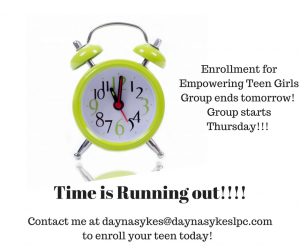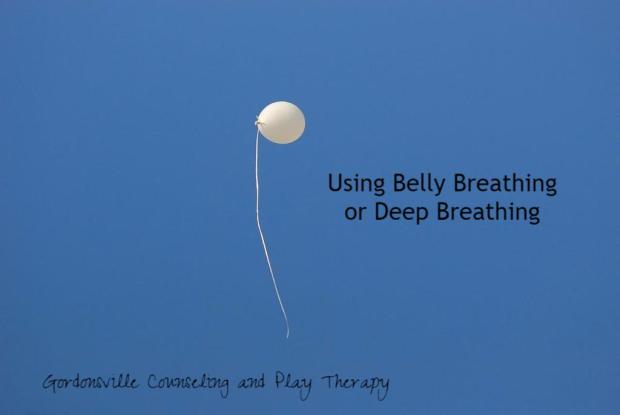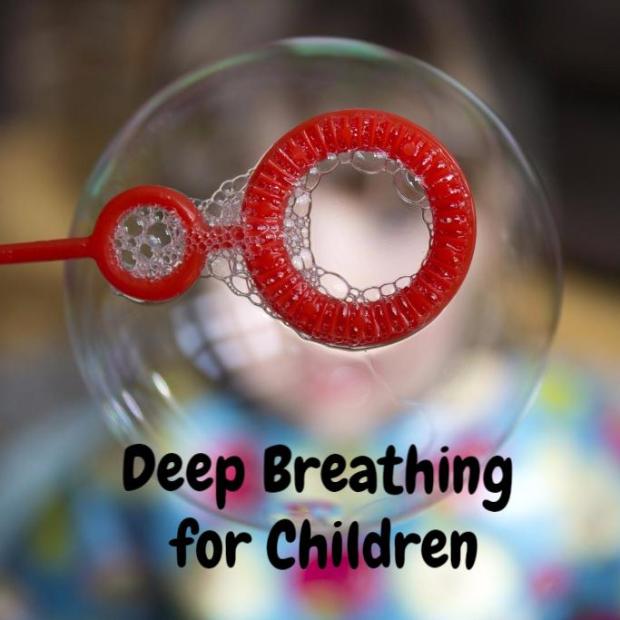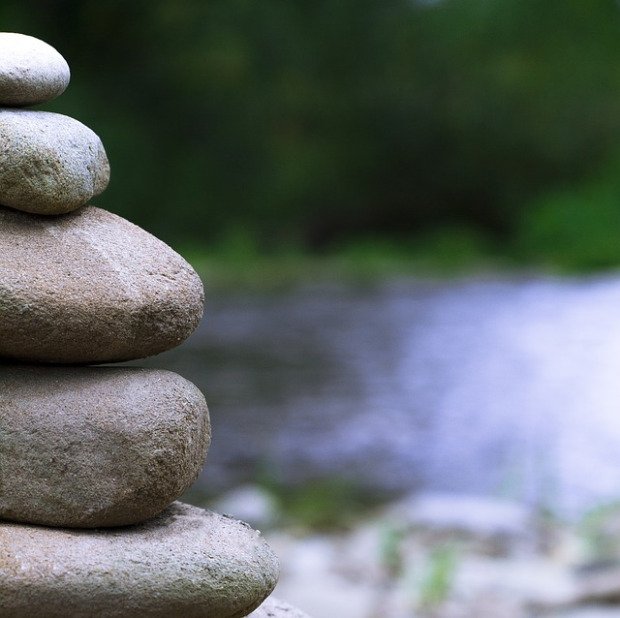 Do you ever avoid situations or people because it’s too stressful or painful to be in that experience?
Avoidance is a natural human defense mechanism, but sometimes it can be detrimental to our own growth and happiness.
Do you ever avoid situations or people because it’s too stressful or painful to be in that experience?
Avoidance is a natural human defense mechanism, but sometimes it can be detrimental to our own growth and happiness.
Today, I was walking through our freshly cut hay-field to get a message to my husband and father-in-law. While talking to a family friend who was present, I said “I love the smell of fresh cut hay, but it does not love me.” I knew for even the maybe 5 minutes I was standing there, I was going to have some discomfort. As I walked away, I noticed itching in my legs. Then while driving away, I could feel a little discomfort in my breathing.
You see, I am a very allergic person. But I live in the country where I am exposed to all things I am allergic too. Now, I could move (but I’m pretty sure I’d have to leave my husband behind), but staying here is more beneficial to me than avoiding.
Not to mention how BEAUTIFUL it is where I live!
So what is an allergic country girl to do?
Be Aware…
If you know situations cause you discomfort (maybe it’s not an allergy but more depression, anxiety, post traumatic stress, panic), be aware of those triggers. I am aware of what triggers my allergies and am prepared for the consequences of being around them.
Find the Win…
For me, I was able to see God’s beauty in this hayfield. I took a beautiful picture of it. Being outdoors is so inspiring and calming to me. It’s worth it to have the experience!
Have a Plan…
So let’s say you are going to be around family that triggers your depression or anxiety… If it’s not an unhealthy relationship, and you want a connection with that person, then have a plan of how you will combat the negative reactions your body will likely experience.
- Know your limits and have a plan of escape.
When I am around certain people from my past who tend to cause difficulty for me, I make sure I visit them instead of them visiting me. This way I can leave when I’m ready instead of having them in my home wishing they would leave already and not wanting to ask them to leave.
If your reaction is anxiety or panic, make sure you have a go-to method for calming your body and mind.
Sometimes avoidance is good when it’s too overwhelming for you to manage. But just remember, avoidance can become a very unhealthy way to cope, and you will miss out on some great life experiences and connections.
Need some assistance in creating your plan?
Then, comment below and share with me how avoidance affects your life!
Looking forward to hearing from you,
Dayna Sykes
Licensed Child & Teen Therapist
Gordonsville Counseling & Play Therapy
P.S. If you have a teen girl who struggles with avoidance and you’ve tried everything to help her break out of this, then Empowering Teen Girls Group may be just what she needs to build her confidence, boost her ability to cope with difficult situations, and learn to connect with others in the process.
P.P.S Do you tend to walk on eggshells around your teen and avoid her throughout the day? Every effort you make causes her to lash out and become angry. Sign up for my free email course, “Learn to Connect Better with Your Teen”, and get 5 days of action steps you can take to better support and connect with your teen. Just Click Here!

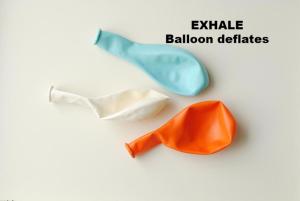




 Because I often get this eye roll or people just shut down and say "It doesn't work". This happens across the board. Children-Teens-Adults alike.
Because I often get this eye roll or people just shut down and say "It doesn't work". This happens across the board. Children-Teens-Adults alike.